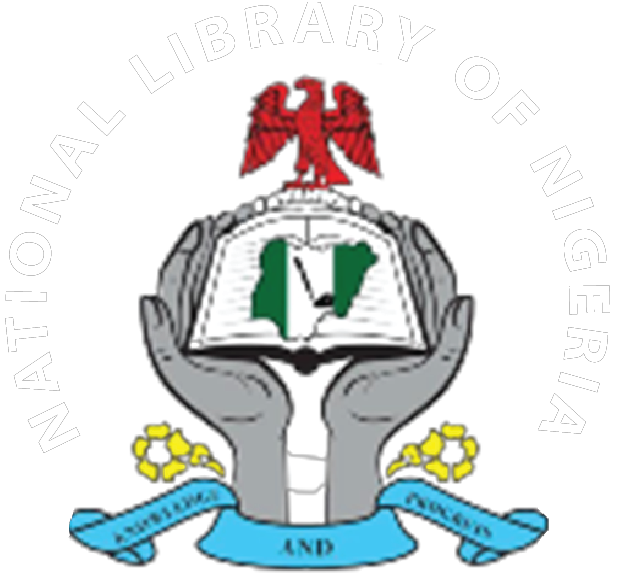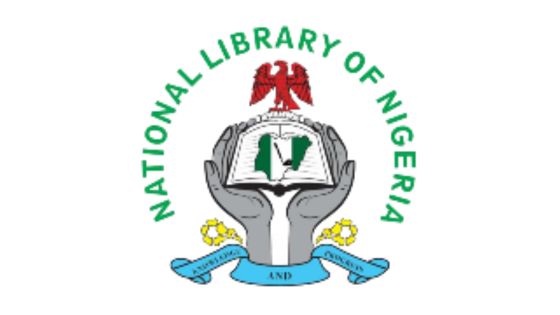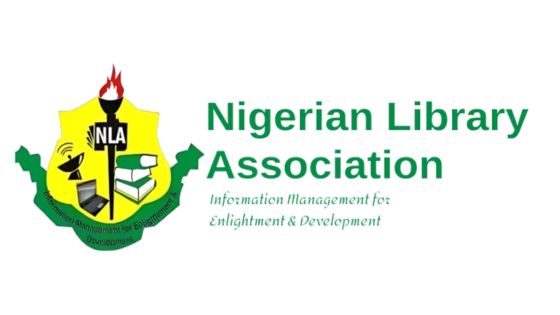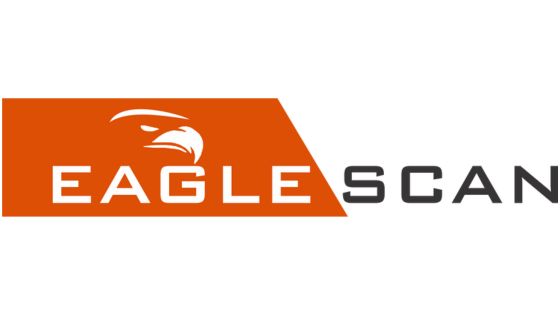Abstract
The study investigated the usability of electronic information resources in academic libraries in Nigeria through an innovative triangulation approach with two usability attributesof perceived ease of use (effectiveness) and perceived usefulness (efficiency). The evaluated method used in this study was the International Organisation for Standardization - ISO 9241-11. To achieve this, a series of usability tests were conducted for 60 randomly selected postgraduate students from six federal universities in Nigeria. The instruments for data collection were questionnaire and focus group guid. The data collected were analysed using SPSS version 25, frequency counts, percentages, mean, and standard deviation. Qualitative data were transcribed, coded and represented in tabular forms. The study discovered among others that electronic resources in the academic libraries studied were not usable for having a negative influence (standardised path coefficient β = -.028) on users satisfaction. It is therefore concluded that, for the postgraduate students to effectively utilise the Internet protocol (IP)-based electronic resources, the libraries must, among others, extend the opening hours for e-library, provide strong Internet connection, subscribe to specialised databases; improve security measures; and display the icons of electronic resources for easy access. Based on the findings of the study, it is recommended that a usability test be conducted for every electronic database prior to subscription and regular hands-on training for library staff and users.



 National Library of Nigeria
National Library of Nigeria.jpg) Association of Nigerian Authors
Association of Nigerian Authors Nigerian Library Association
Nigerian Library Association EagleScan
EagleScan Crossref
Crossref